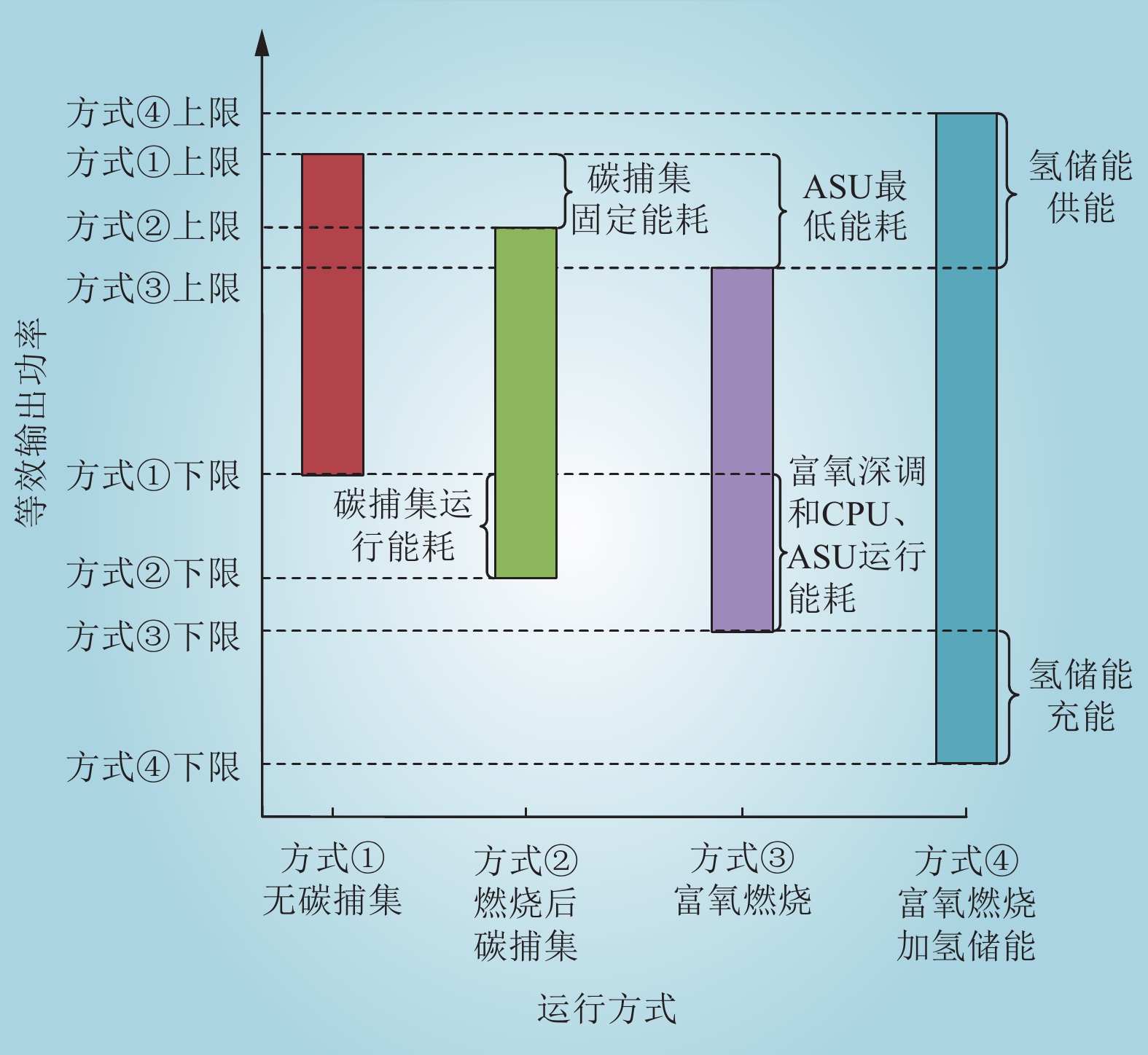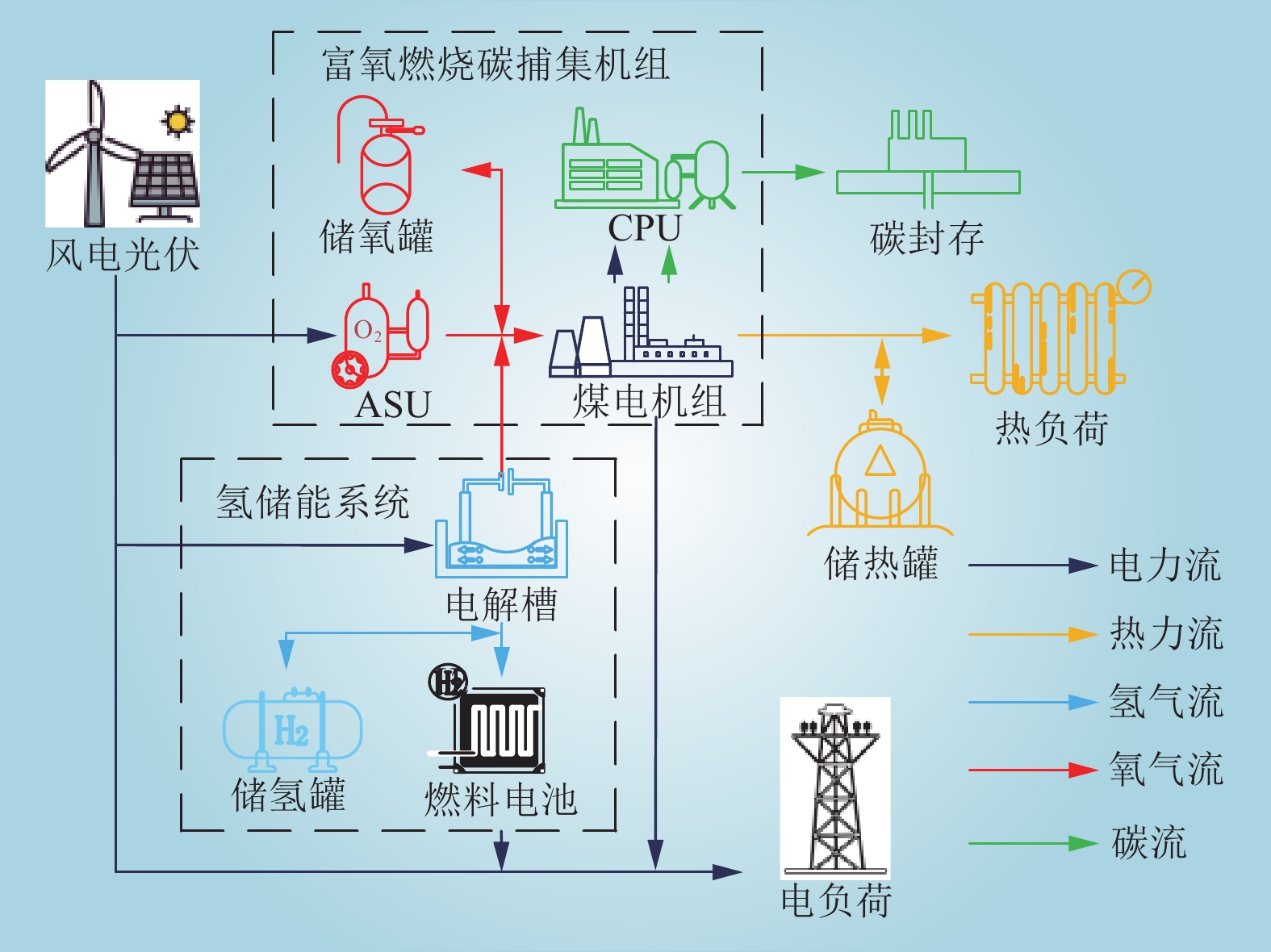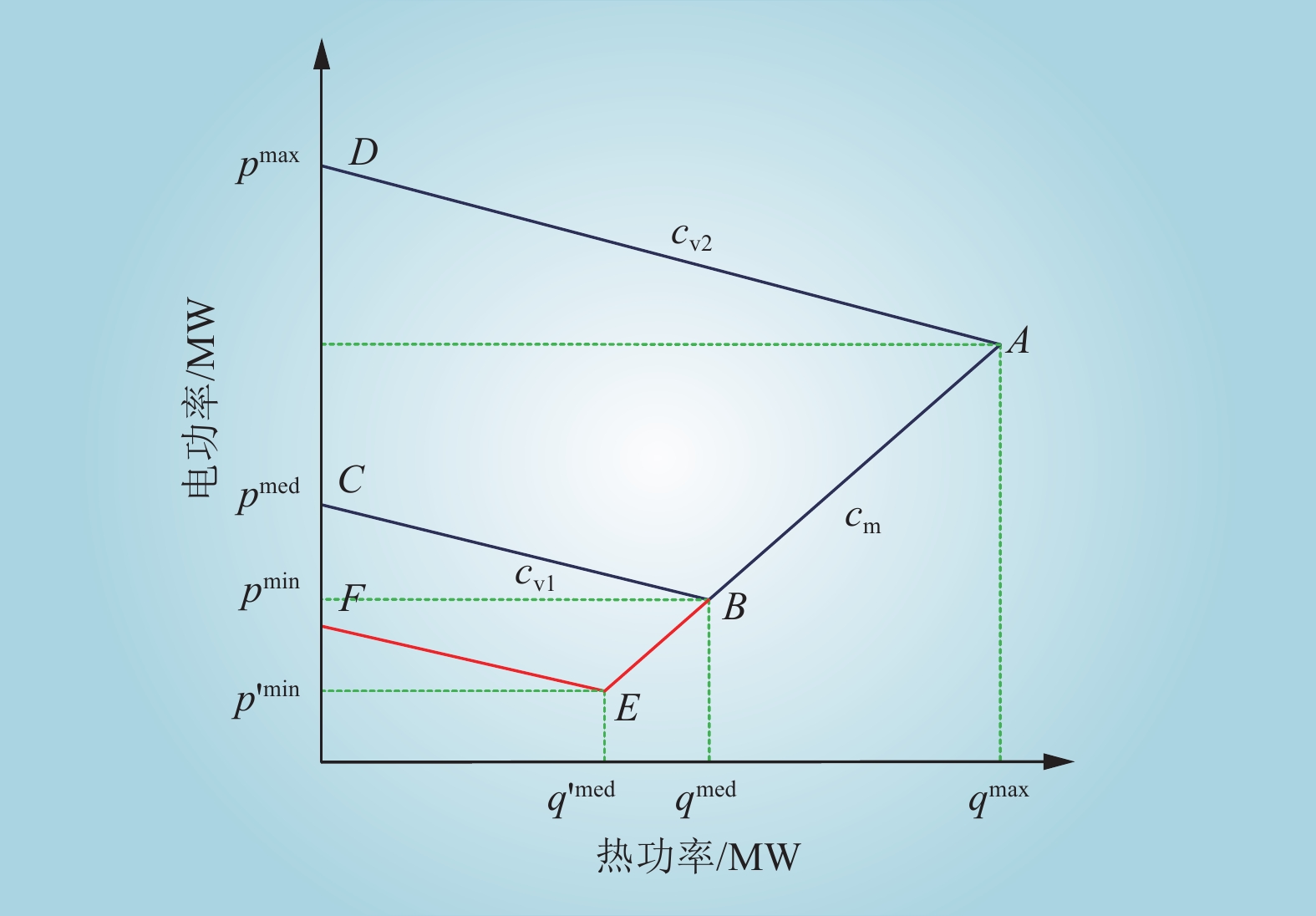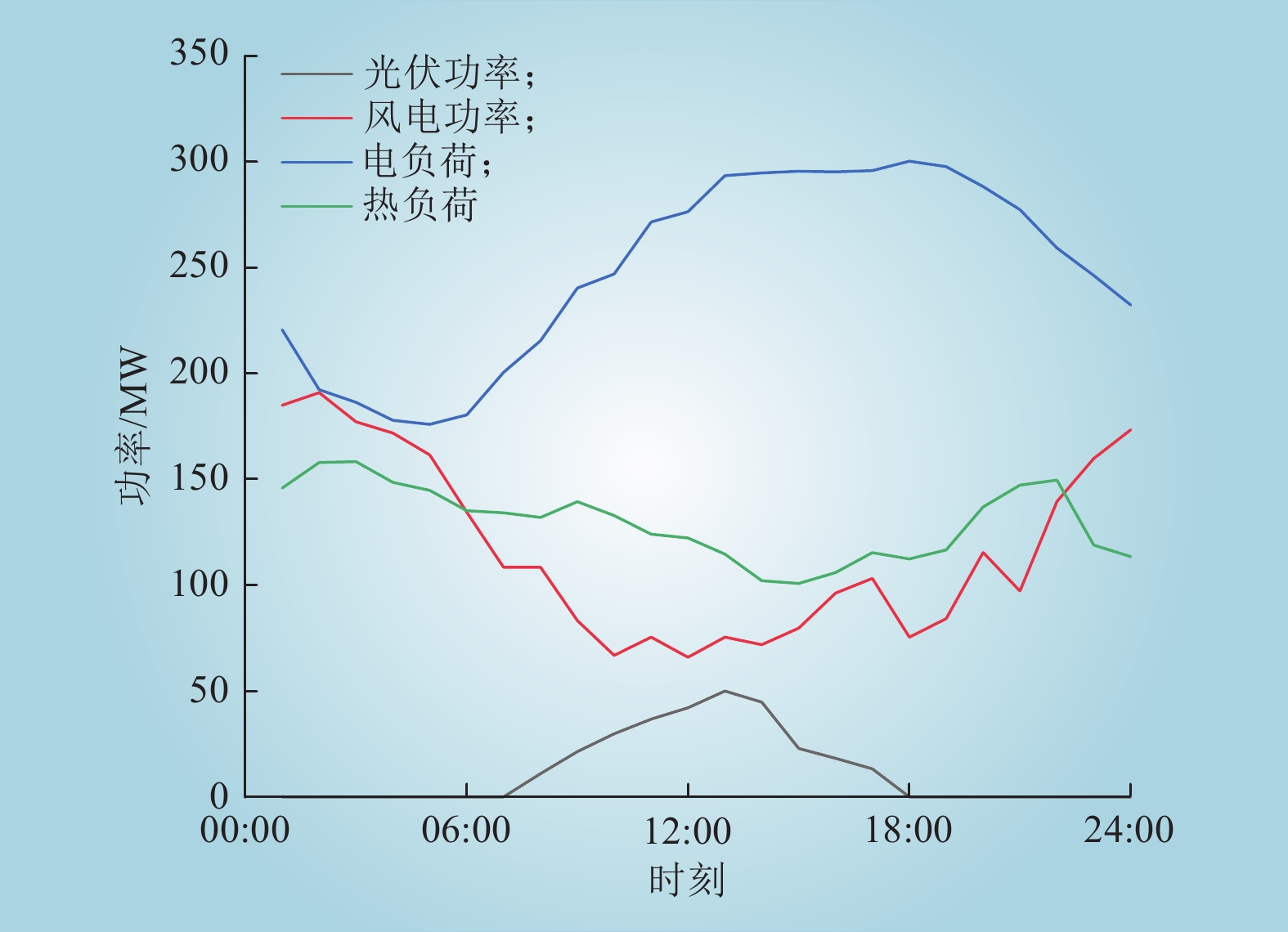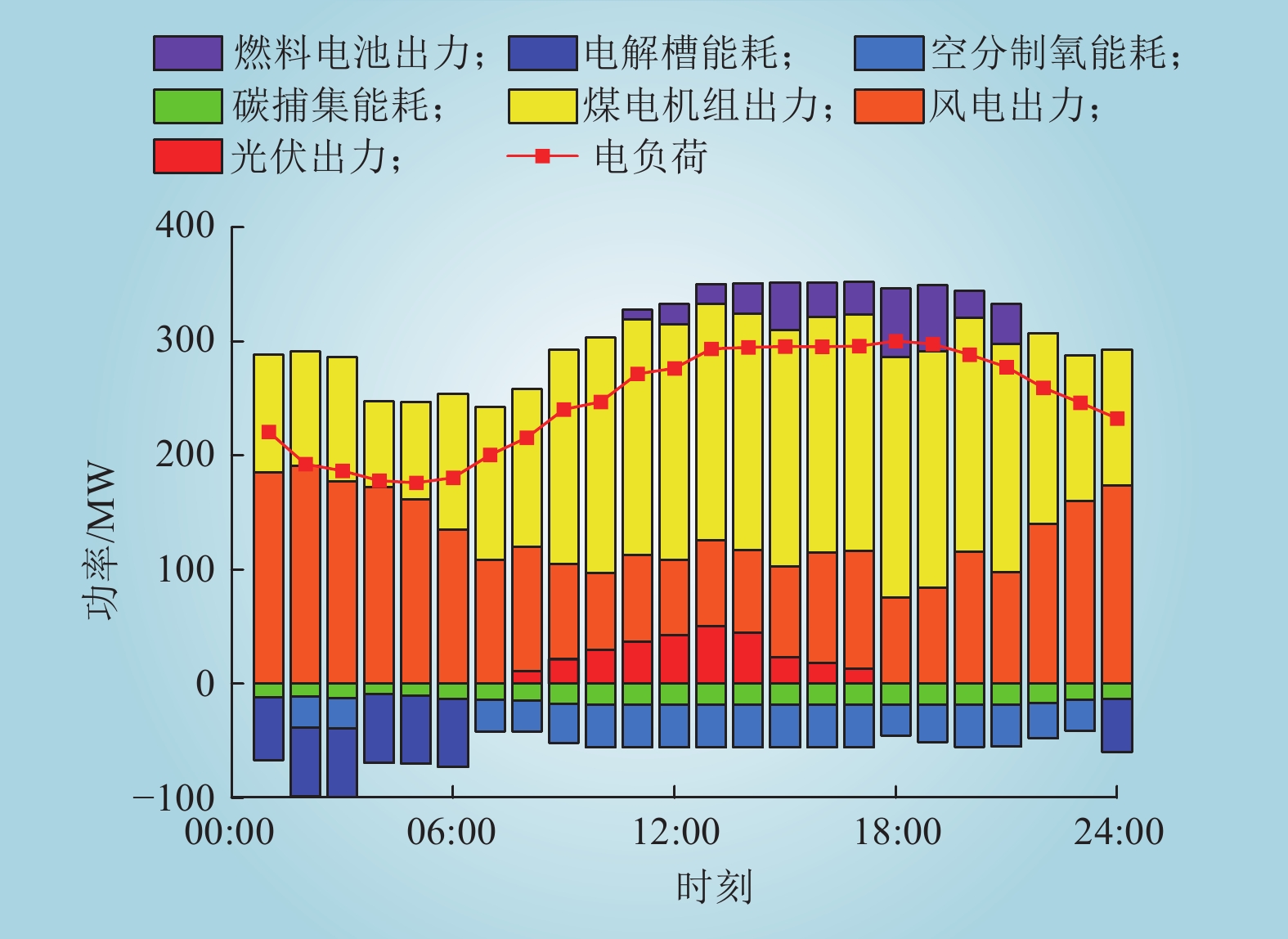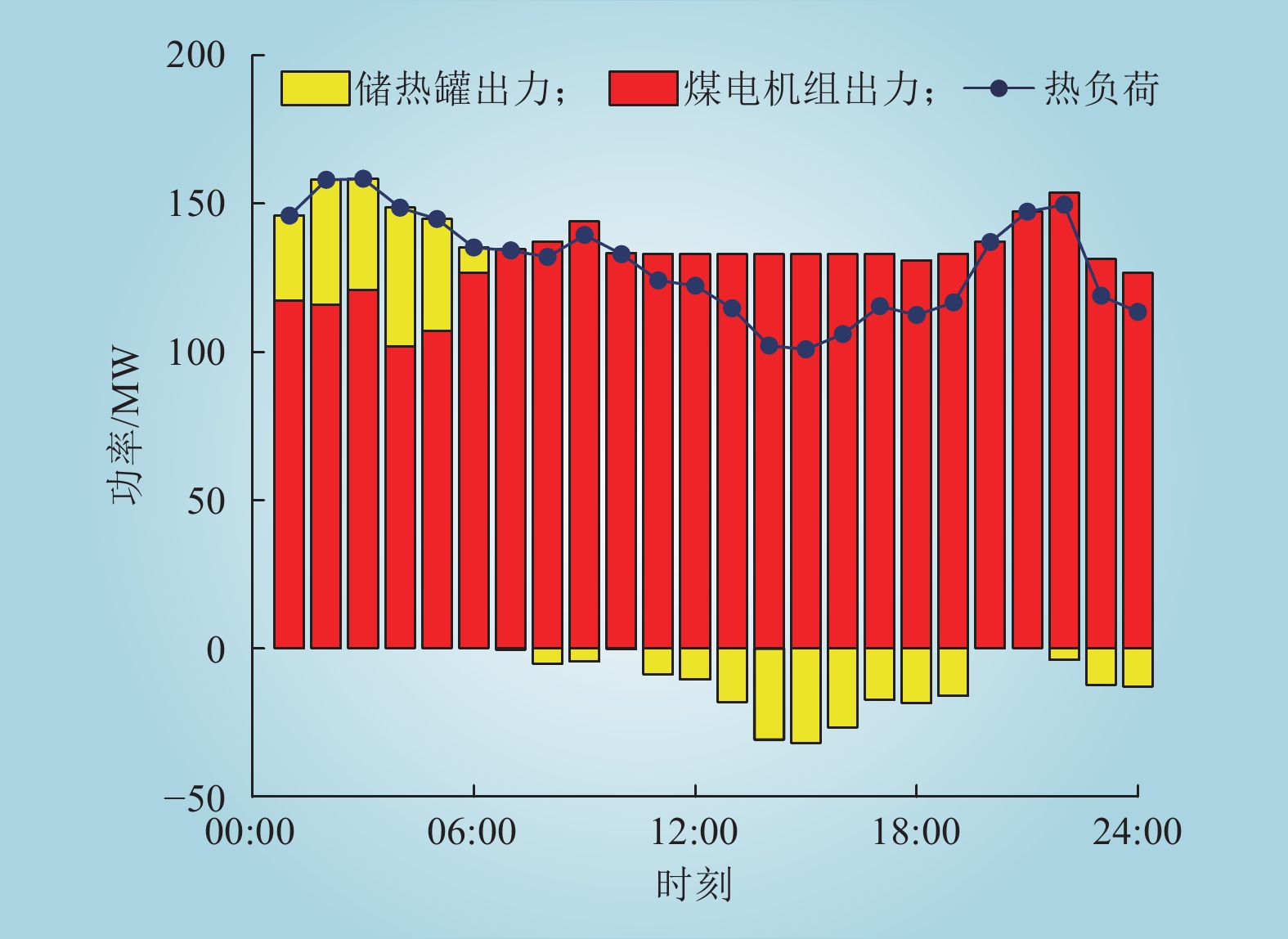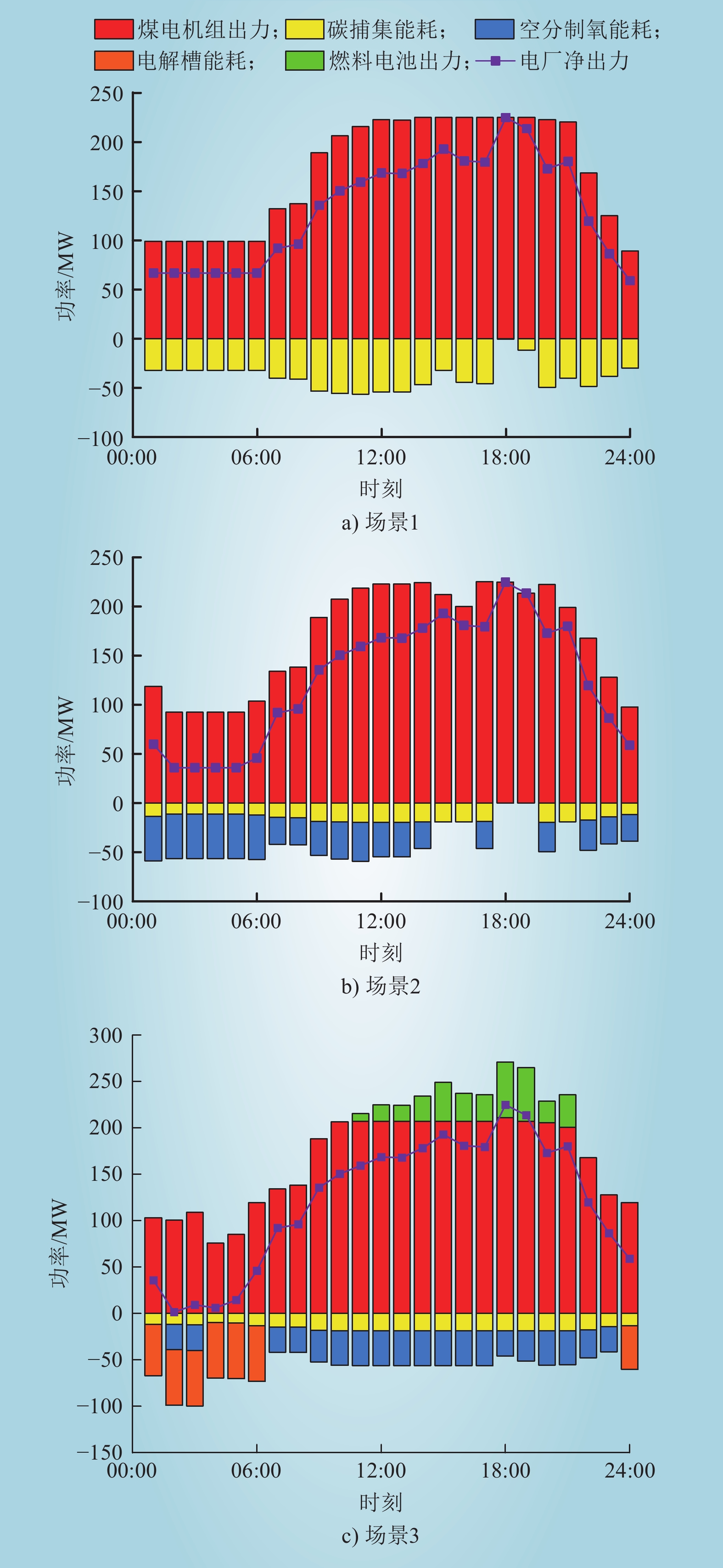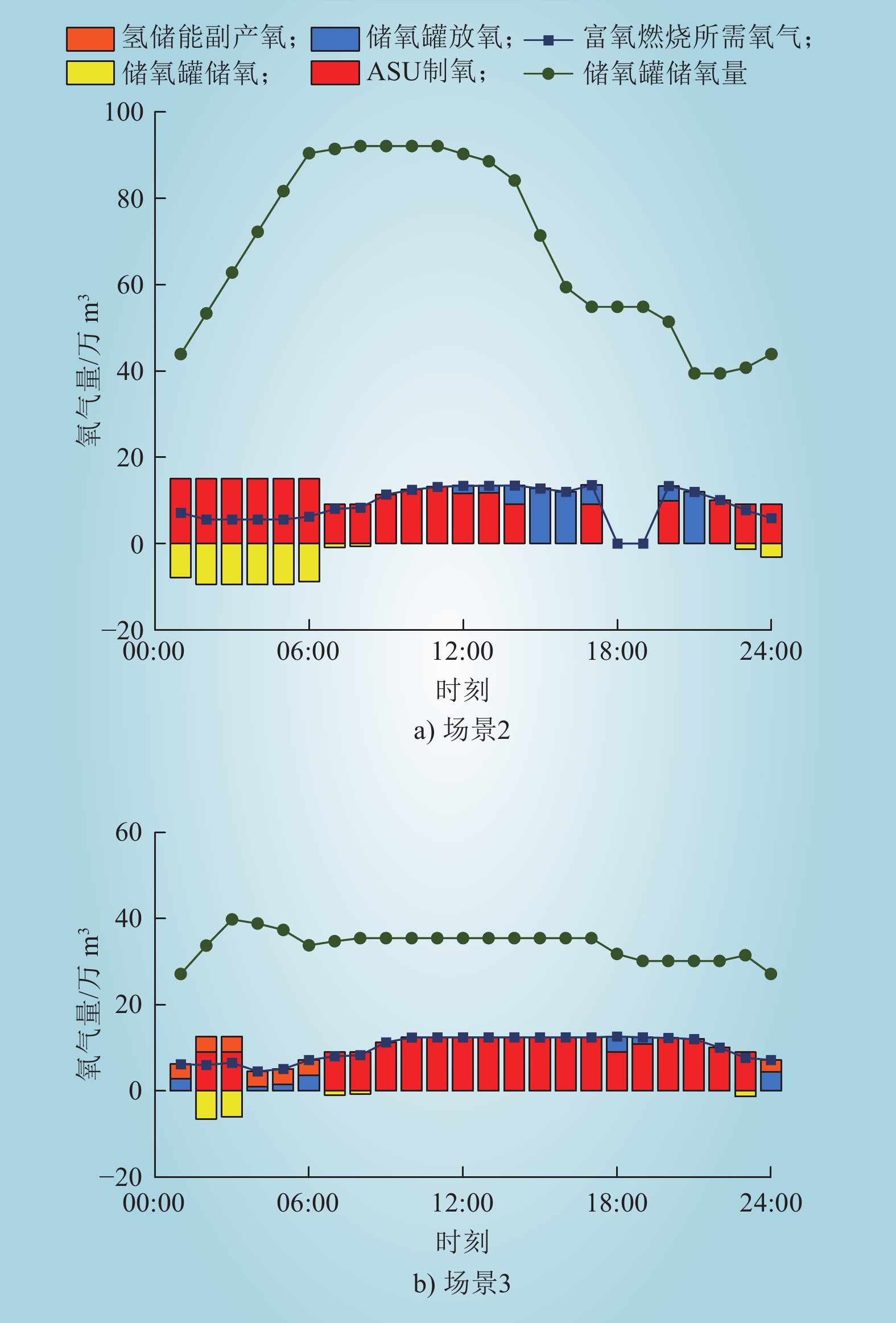| 1 |
邱燕超. 三组数据看我国能源发展“稳”与“进”[N]. 中国电力报, 2023-08-01(001).
|
| 2 |
KUMAR A, TIWARI A K. Solar-assisted post-combustion carbon-capturing system retrofitted with coal-fired power plant towards net-zero future: a review[J]. Journal of CO2 Utilization, 2022, 65, 102241.
DOI
|
| 3 |
于建平, 余一平, 许剑冰, 等. 基于自适应准谐振控制的储能抑制广义强迫振荡传播方法[J]. 电力系统保护与控制, 2024, 52 (5): 128- 138.
|
|
YU Jianping, YU Yiping, XU Jianbing, et al. Energy storage suppression method of generalized forced oscillation propagation based on adaptive quasi-resonant control[J]. Power System Protection and Control, 2024, 52 (5): 128- 138.
|
| 4 |
王小惠, 何兆禹, 徐超, 等. 斜温层单罐储热同时蓄放热过程动态特性模拟[J]. 中国电机工程学报, 2019, 39 (20): 5989- 5998, 6179.
|
|
WANG Xiaohui, HE Zhaoyu, XU Chao, et al. Dynamic simulations on simultaneous charging/discharging process of water thermocline storage tank[J]. Proceedings of the CSEE, 2019, 39 (20): 5989- 5998, 6179.
|
| 5 |
袁桂丽, 钟飞, 张睿, 等. 考虑碳捕集及需求响应的虚拟电厂热电联合优化调度[J]. 电网技术, 2023, 47 (11): 4458- 4467.
|
|
YUAN Guili, ZHONG Fei, ZHANG Rui, et al. Combined heat and power scheduling optimization for virtual power plants considering carbon capture and demand response[J]. Power System Technology, 2023, 47 (11): 4458- 4467.
|
| 6 |
张帆, 林志坚, 方飞. 国内外碳捕集技术发展现状分析[J]. 能源化工, 2022, 43 (5): 13- 19.
DOI
|
|
ZHANG Fan, LIN Zhijian, FANG Fei. Analysis on the development status of carbon capture technology[J]. Energy Chemical Industry, 2022, 43 (5): 13- 19.
DOI
|
| 7 |
JI Z, KANG C Q, CHEN Q X, et al. Low-carbon power system dispatch incorporating carbon capture power plants[J]. IEEE Transactions on Power Systems, 2013, 28 (4): 4615- 4623.
DOI
|
| 8 |
寇洋, 武家辉, 张华, 等. 考虑碳捕集与CVaR的电力系统低碳经济调度[J]. 电力系统保护与控制, 2023, 51 (11): 131- 140.
|
|
KOU Yang, WU Jiahui, ZHANG Hua, et al. Low carbon economic dispatch for a power system considering carbon capture and CVaR[J]. Power System Protection and Control, 2023, 51 (11): 131- 140.
|
| 9 |
CHEN X H, WU X, LEE K Y. The mutual benefits of renewables and carbon capture: achieved by an artificial intelligent scheduling strategy[J]. Energy Conversion and Management, 2021, 233, 113856.
DOI
|
| 10 |
YADAV S, MONDAL S S. A review on the progress and prospects of oxy-fuel carbon capture and sequestration (CCS) technology[J]. Fuel, 2022, 308, 122057.
DOI
|
| 11 |
VU T T, LIM Y I, SONG D, et al. Techno-economic analysis of ultra-supercritical power plants using air-and oxy-combustion circulating fluidized bed with and without CO2 capture[J]. Energy, 2020, 194, 116855.
DOI
|
| 12 |
CHEN C X, YANG S X. The energy demand and environmental impacts of oxy-fuel combustion vs. post-combustion capture in China[J]. Energy Strategy Reviews, 2021, 38, 100701.
DOI
|
| 13 |
张文伟, 王维庆, 樊小朝, 等. 利用风电制氧的富氧燃煤电厂低碳能源系统容量优化配置[J]. 电力系统保护与控制, 2023, 51 (5): 70- 83.
|
|
ZHANG Wenwei, WANG Weiqing, FAN Xiaochao, et al. Optimal capacity configuration of a low carbon energy system of oxygen-enriched coal-fired power plant using wind power to produce oxygen[J]. Power System Protection and Control, 2023, 51 (5): 70- 83.
|
| 14 |
MARCHENKO O V, SOLOMIN S V. Modeling of hydrogen and electrical energy storages in wind/PV energy system on the Lake Baikal coast[J]. International Journal of Hydrogen Energy, 2017, 42 (15): 9361- 9370.
DOI
|
| 15 |
刘妍, 胡志坚, 陈锦鹏, 等. 含碳捕集电厂与氢能多元利用的综合能源系统低碳经济调度[J]. 电力系统自动化, 2024, 48 (1): 31- 40.
DOI
|
|
LlU Yan, HU Zhijian, CHEN Jinpeng, et al. Low-carbon economic dispatch of integrated energy system considering carbon capture power plant and multi-utilization of hydrogen energy[J]. Automation of Electric Power Systems, 2024, 48 (1): 31- 40.
DOI
|
| 16 |
崔杨, 管彦琦, 李佳宇, 等. 考虑碳捕集机组与氢储能系统协调运行的源荷储低碳经济调度[J]. 电网技术, 2024, 48 (6): 2307- 2316.
|
|
CUI Yang, GUAN Yanqi, LI Jiayu, et al. Source-load-storage low-carbon economic dispatching considering coordinated operation of carbon capture unit and hydrogen energy storage system[J]. Power System Technology, 2024, 48 (6): 2307- 2316.
|
| 17 |
高大明, 陈鸿伟, 杨建蒙, 等. 循环流化床锅炉富氧燃烧与CO2捕集发电机组运行能耗影响因素分析[J]. 中国电机工程学报, 2019, 39 (5): 1387- 1396.
|
|
GAO Daming, CHEN Hongwei, YANG Jianmeng, et al. Influence factor analysis of circulating fluidized bed boiler oxy-fuel combustion and CO2 capture power generation unit operation energy consumption[J]. Proceedings of the CSEE, 2019, 39 (5): 1387- 1396.
|
| 18 |
吕运强, 杨鹏, 董增波, 等. 考虑氢-氧双循环系统运行灵活性的协调优化调度[J]. 电力系统自动化, 2023, 47 (15): 91- 99.
DOI
|
|
LYU Yunqiang, YANG Peng, DONG Zengbo, et al. Coordinated optimal dispatch considering operation flexibility of hydrogen-oxygen dual-cycle system[J]. Automation of Electric Power Systems, 2023, 47 (15): 91- 99.
DOI
|
| 19 |
崔杨, 曾鹏, 仲悟之, 等. 考虑富氧燃烧技术的电–气–热综合能源系统低碳经济调度[J]. 中国电机工程学报, 2021, 41 (2): 592- 608.
|
|
CUI Yang, ZENG Peng, ZHONG Wuzhi, et al. Low-carbon economic dispatch of electro-gas-thermal integrated energy system based on oxy-combustion technology[J]. Proceedings of the CSEE, 2021, 41 (2): 592- 608.
|
| 20 |
冯帅, 袁至, 李骥, 等. 碳交易背景下基于综合协调储能系统的碳捕集电厂优化调度[J]. 中国电力, 2023, 56 (6): 139- 147.
|
|
FENG Shuai, YUAN Zhi, LI Ji, et al. Optimal scheduling of carbon capture power plants based on integrated coordinated energy storage system under the background of carbon trading[J]. Electric Power, 2023, 56 (6): 139- 147.
|
| 21 |
侯俊禹, 袁至, 王维庆, 等. 利用建筑虚拟储能提升风电消纳能力的电热联合系统优化调度方法[J]. 太阳能学报, 2024, 45 (5): 206- 216.
|
|
HOU Junyu, YUAN Zhi, WANG Weiqing, et al. Optimal scheduling method of combined electric and thermal system by using building virtual energy storage to improve wind power accommodation capability[J]. Acta Energiae Solaris Sinica, 2024, 45 (5): 206- 216.
|
| 22 |
生态环境部. 2021、2022年度全国碳排放权交易配额总量设定与分配实施方案(发电行业)(国环规气候〔2023〕1号)[Z].
|
| 23 |
国家能源局西北监管局. 西北区域电力辅助服务管理实施细则(西北监能市场〔2023〕95号)[Z].
|
| 24 |
袁桂丽, 刘骅骐, 禹建芳, 等. 含碳捕集热电机组的虚拟电厂热电联合优化调度[J]. 中国电机工程学报, 2022, 42 (12): 4440- 4449.
|
|
YUAN Guili, LIU Huaqi, YU Jianfang, et al. Combined heat and power optimal dispatching in virtual power plant with carbon capture cogeneration unit[J]. Proceedings of the CSEE, 2022, 42 (12): 4440- 4449.
|
| 25 |
袁桂丽, 王琳博, 王宝源. 基于虚拟电厂“热电解耦”的负荷优化调度及经济效益分析[J]. 中国电机工程学报, 2017, 37 (17): 4974- 4985, 5217.
|
|
YUAN Guili, WANG Linbo, WANG Baoyuan. Optimal dispatch of heat-power load and economy benefit analysis based on decoupling of heat and power of virtual power plant[J]. Proceedings of the CSEE, 2017, 37 (17): 4974- 4985, 5217.
|


